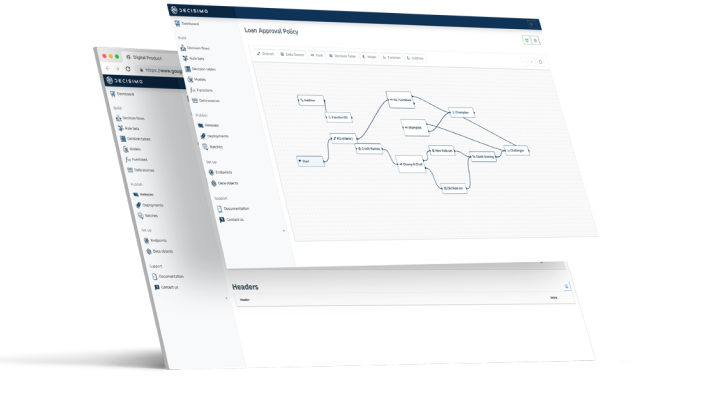Difference between batch processing decision engine and real-time decision engine - Decisimo - Decision Intelligence Services
Published on: 2024-08-10 18:36:09
Introduction
Decision engines are pivotal in various business functions, such as marketing and risk assessment. Understanding the key differences between batch-processing and real-time decision engines can help you make an informed choice tailored to your needs.
Batch-Processing vs. Real-Time: The Core Differences
Batch-processing decision engines excel in handling large volumes of non-time-sensitive data. In contrast, real-time decision engines are designed for tasks that require immediate decisions and typically handle smaller, transaction-specific datasets.
Why Choose Batch-Processing
If your business runs regular daily tasks like scoring or segmentation, batch processing can efficiently handle large datasets, making complex decisions more manageable.
When ETL (Extract, Transform, Load) tasks in languages like SQL, PL/SQL, or Python get too complex, using a batch-processing decision engine like Decisimo can simplify your process, allowing analysts to focus on strategic activities.
Low-code or no-code engines like Decisimo further simplify decision-making, letting analysts concentrate on decision strategies rather than code debugging.
Common Batch-Processing Applications
- Customer Marketing Segmentation: Classify customers based on demographics, behavior, or purchasing history to tailor marketing efforts.
- Collections Recovery: Prioritize collections by segmenting customers based on factors like payment likelihood, outstanding balance, or credit history.
- Portfolio Risk Assessment: Evaluate and segment investments to manage risk and create a balanced portfolio.
Why Choose Real-Time Processing
Companies often begin with decision logic hard-coded in languages like Python. As complexity rises, maintaining this logic demands a skill set resembling software engineering.
Real-time decision engines are beneficial for scenarios like fraud detection and real-time website personalization, where timely decision-making is crucial.
Real-Time Processing Use Cases
- Website personalization in real-time.
- Real-time fraud detection.
- Credit card transaction authorization.
- Real-time customer service call segmentation.
Hybrid Decision Engines
Some decision engines, like Decisimo, offer both real-time and batch-processing capabilities. Whether your data needs real-time action or can be processed in batches, these versatile engines have you covered.
Conclusion
To sum up, the choice between batch-processing and real-time decision engines hinges on your specific data needs. Batch-processing engines are well-suited for large-scale, non-time-sensitive tasks, while real-time engines excel in immediate, transaction-specific decision-making. Whether you need to handle large data volumes in a scheduled manner or require on-the-fly decisions, understanding these core differences can guide you to the most effective solution for your business.


